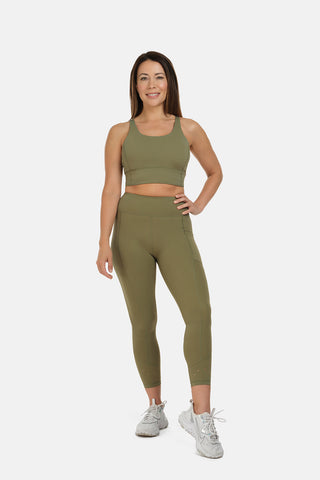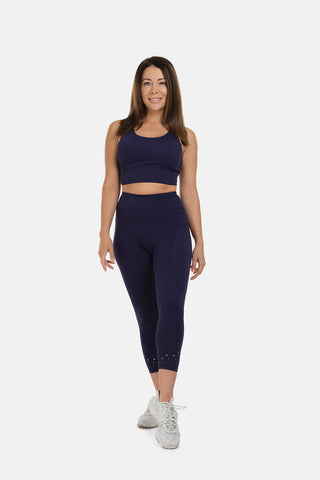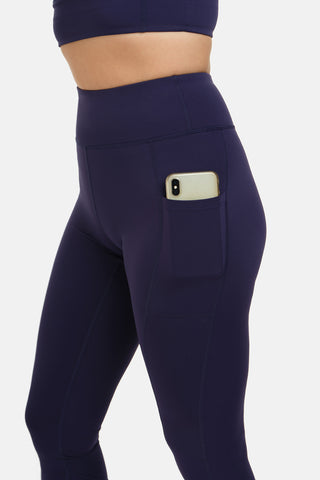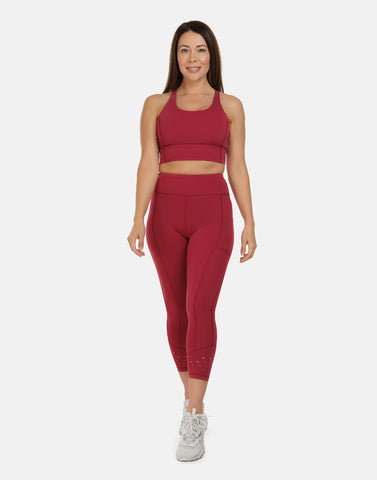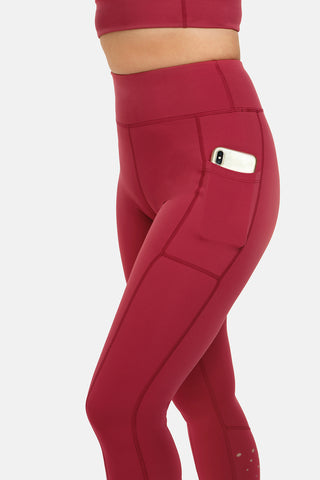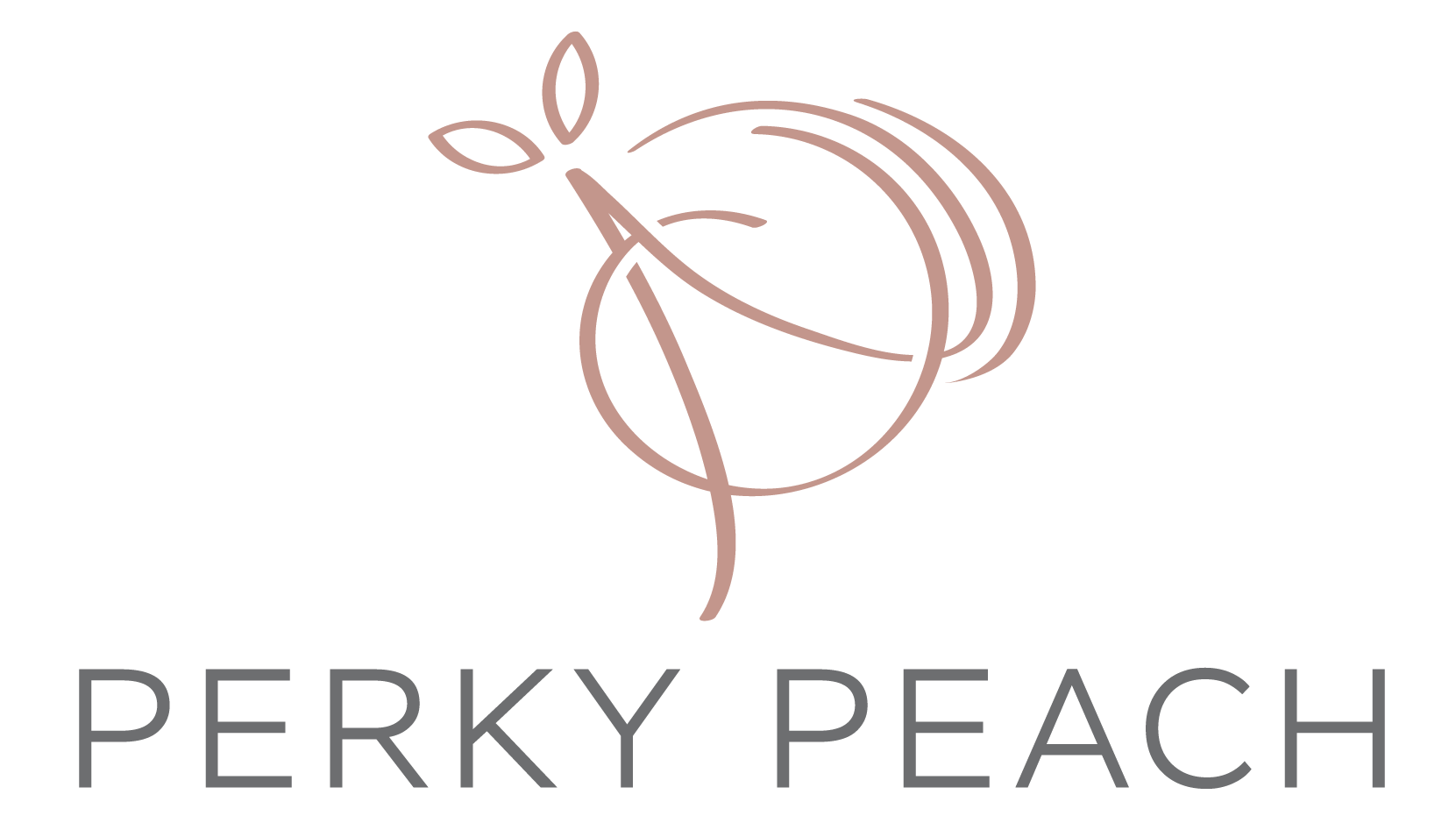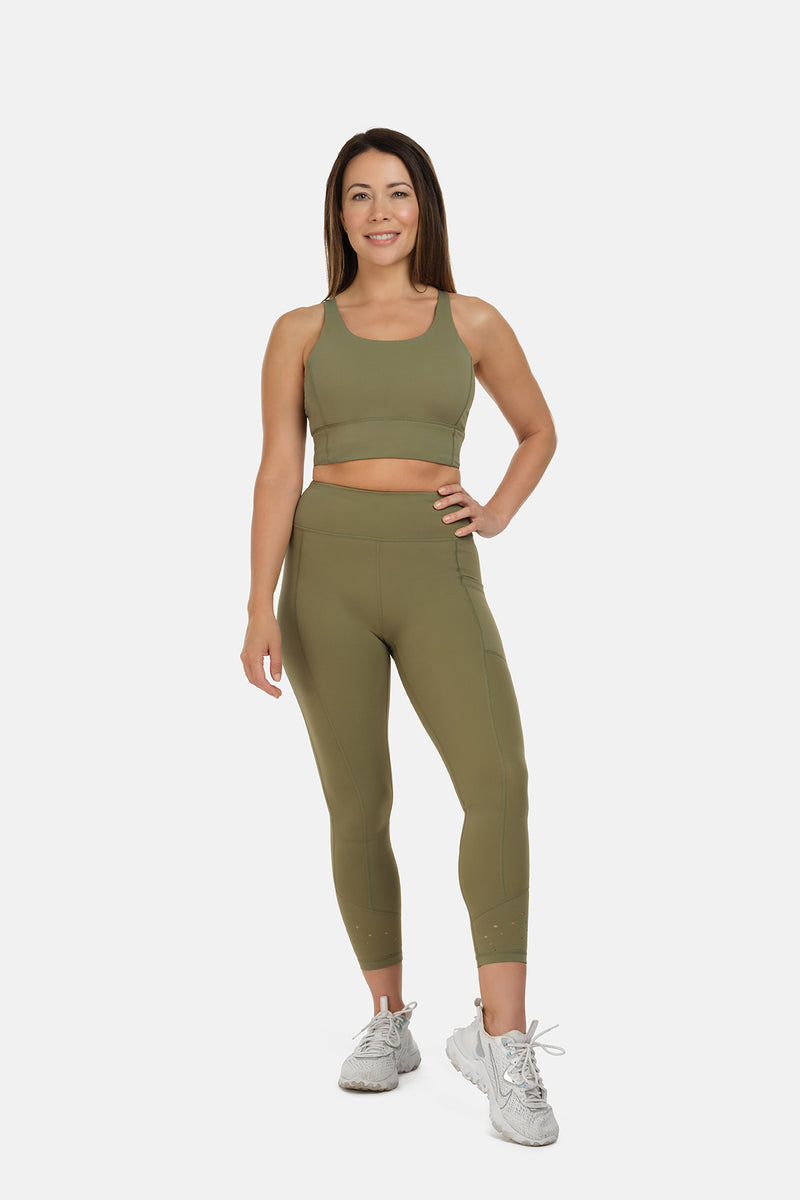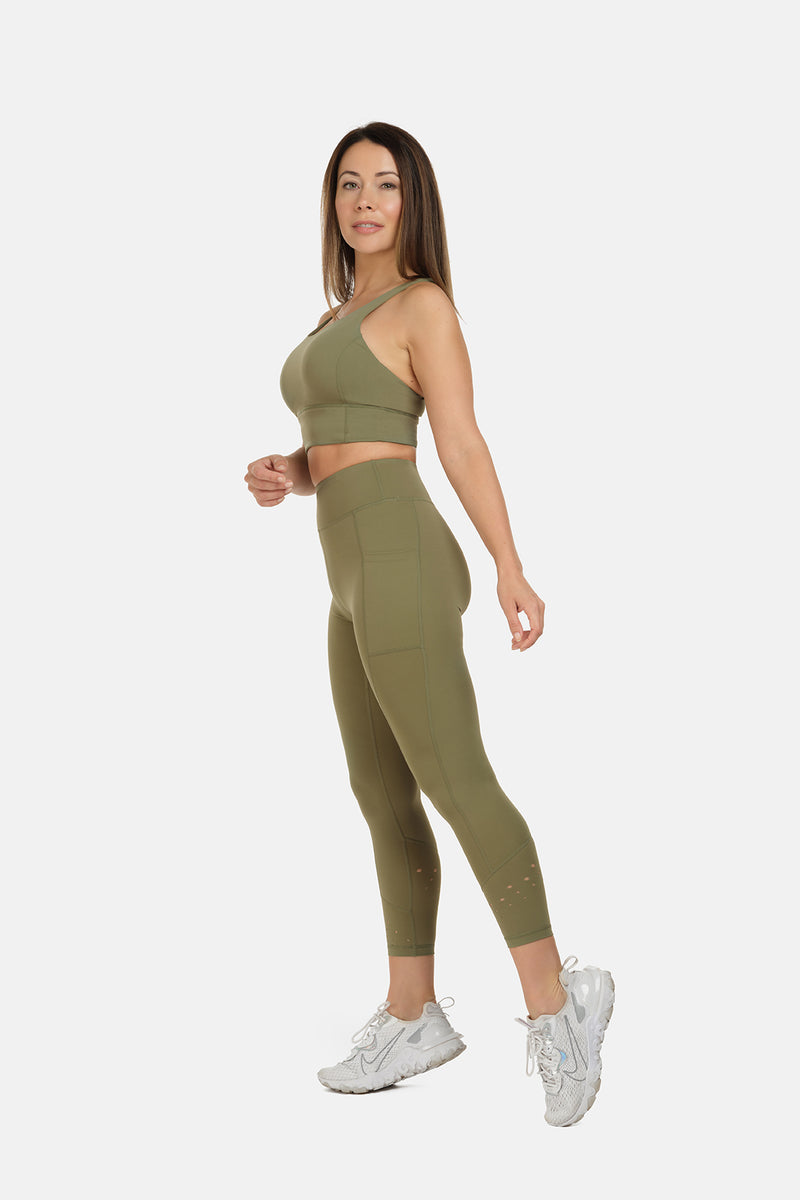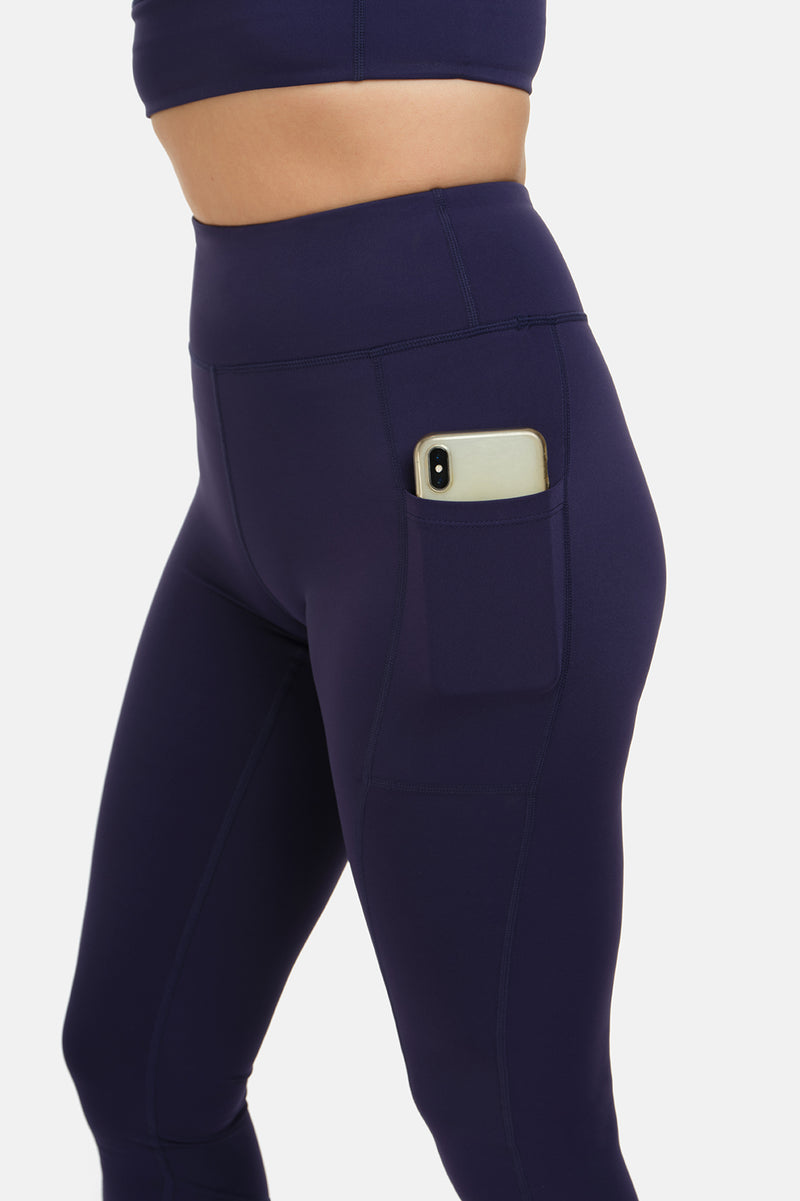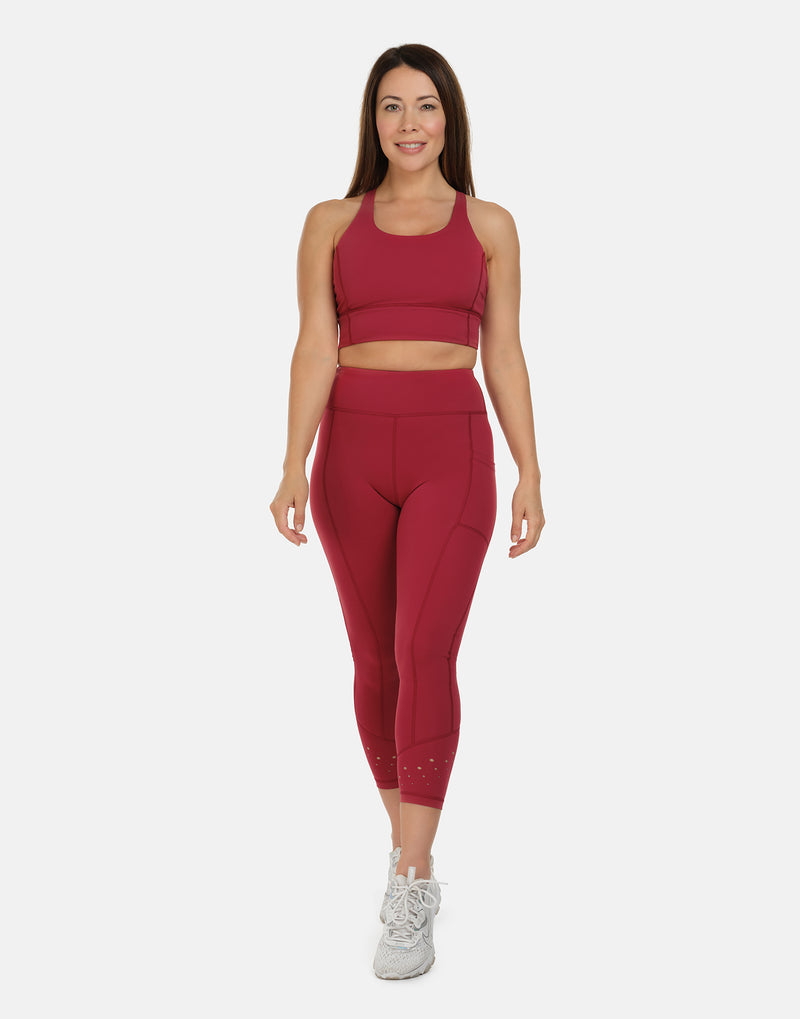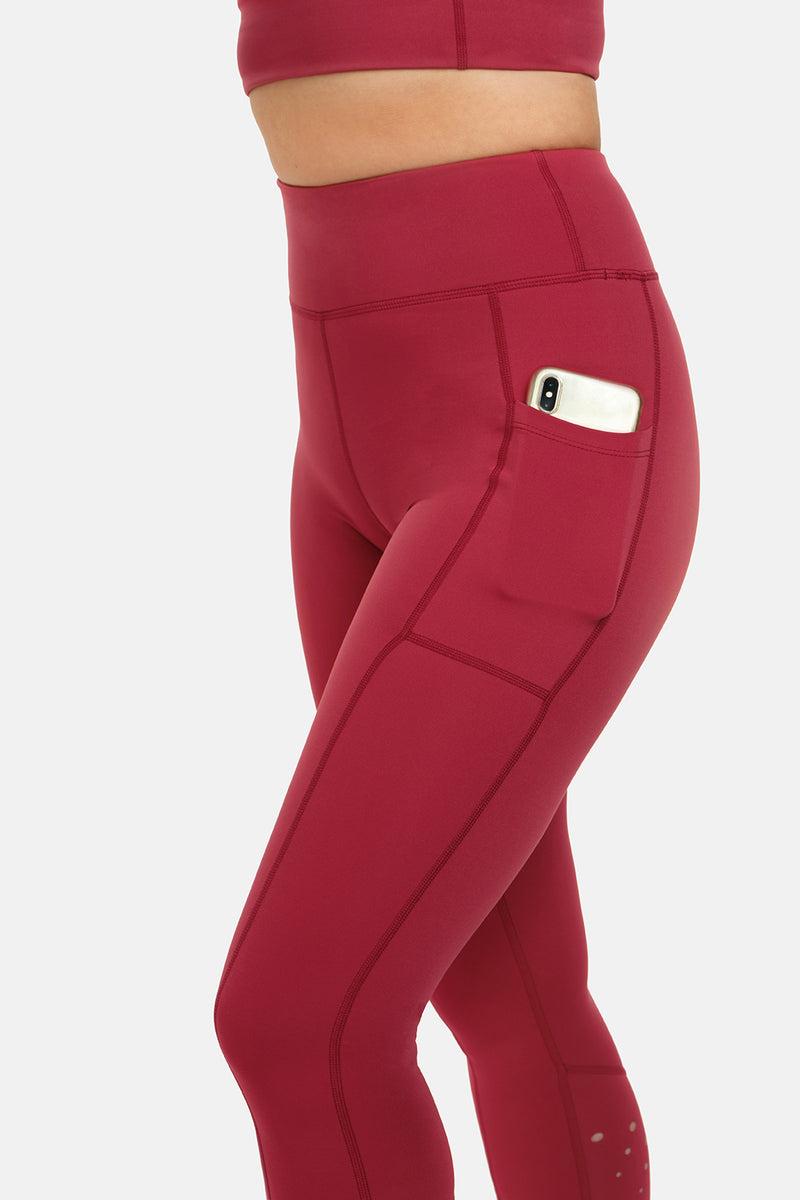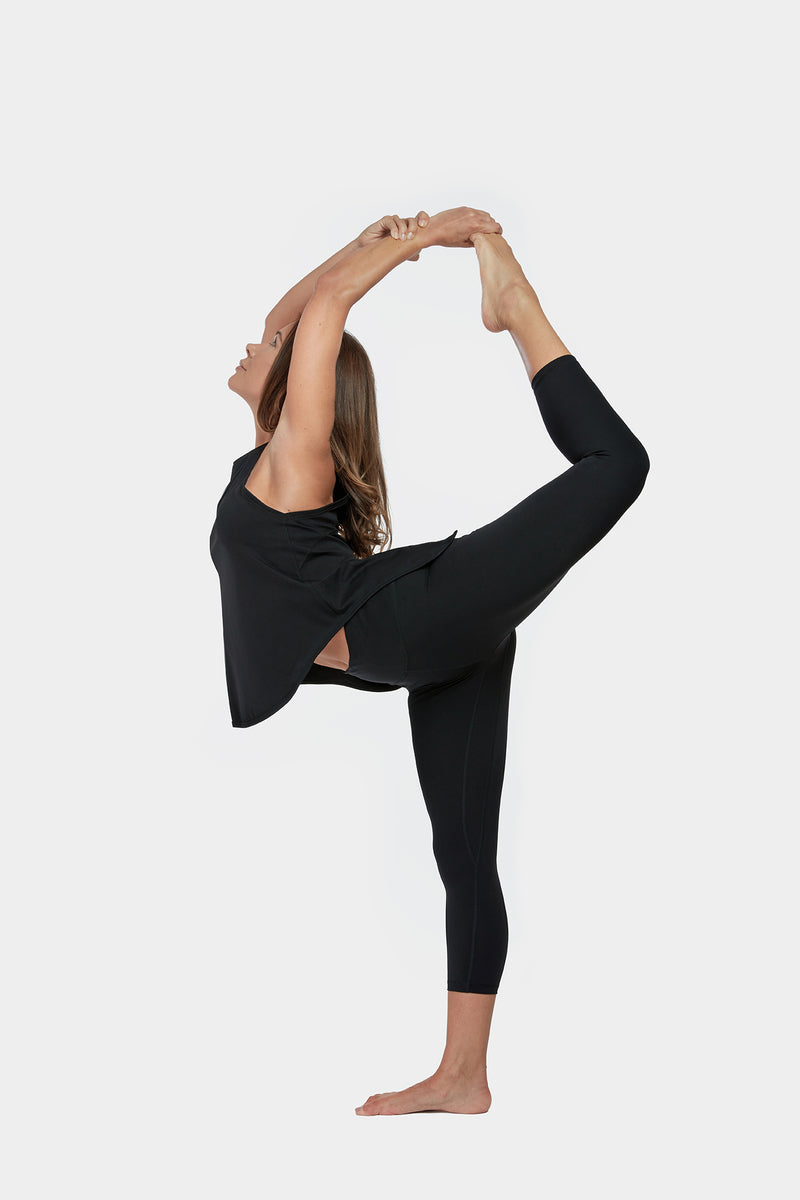What Are Yoga Blocks? And Do I Need Them?

The yoga world can end up pretty divided when it comes to yoga blocks. There are some pretty hard core yogis out there who assert that any props are cheating. At Perky Peach, we completely disagree! What’s more, watch any of your favourite yoga teachers, from Yoga with Adrienne to your teacher at your local studio, and you’ll notice that they have a bunch of blocks always within easy reach!
Using props, like yoga blocks, is all part of the journey. They are best viewed as a tool to make elements of your yoga practice more accessible. In this way, doing various exercises using yoga blocks is a way for beginners to fulfil a pose that they may not otherwise be ready to do. However, once you’re no longer a beginner, they don’t become redundant. Advanced yogis can use blocks to deepen their postures and challenge strength.
So what are yoga blocks good for?
A lot of people don’t realise just how important yoga blocks actually are, and therefore completely disregard them in their practice. Whether you are a beginner or a long-time yogi, yoga blocks are a great tool to use and can benefit your practice greatly. Here’s how:
1. Releasing tight hips in seated postures
If you’re in a seated position and your knees rise above your hip line, your hips are screaming for a block! Sitting on a block in the following poses will provide space in your hips to sit comfortably, so that you’re not stressing your joints or your psoas:
- Lotus
- Half Lotus
- Easy Pose
- Hero
2. Bring the floor to you!
Can't reach the floor? Bring the floor to you eg. standing forward fold positions, if your hands don’t reach the mat, place a block under them!
3. Maintaining proper alignment of your knees
Knees are one of the easiest joints to injure, partly due to incorrect placement but also due to weak muscles responsible for protecting your knee joints. And when you’re not in the correct placement, you’re not training the correct muscles… vicious cycle! But good news – blocks remedy both of these issues. Try using in postures such as Camel, Bridge, Twisting Chair.
4. Maintaining proper alignment of your arms and shoulders
Blocks can be used in any position where your arms should be shoulders-width apart to ensure that they truly are the proper width apart, and to bring awareness to muscle engagement in the upper body. One block is placed (longways) between the palms as the palms press into the smallest sides of the block to engage the triceps and biceps without tensing the shoulders. Try this out in:
- Warrior 1
- Chair
- Side Angle (intermediate to advanced)
- Tree Pose with arms lifted
5. Relaxing into postures
Blocks are the kings and queens of restorative yoga; they’re used to let your body truly melt into relaxation.

What type of yoga block should I get?
- Wood: Heavy and not quite comfortable, these are best used solely for help in balancing
- Foam: Lightweight and affordable, but sometimes are too lightweight, becoming flimsy under bodyweight. It’s best to look for harder foams so ensure body weight support.
- Cork: Think of cork like a midway between wood and foam; they’re still pretty heavy like blocks, able to support an endless amount of body weight – but as a result are sometimes uncomfortable in restorative postures. Cork does not get slippery when wet (something to think about if you sweat a lot or practice in a heated yoga studio)
Yoga blocks are ideal, but if it’s not in the budget, some household items can help achieve similar results:
- For hip support, use a thick, folded towel or a dense pillow or cushion
- For balancing and/or “bringing the floor to you,” use a thick, sturdy book (like a textbook).
